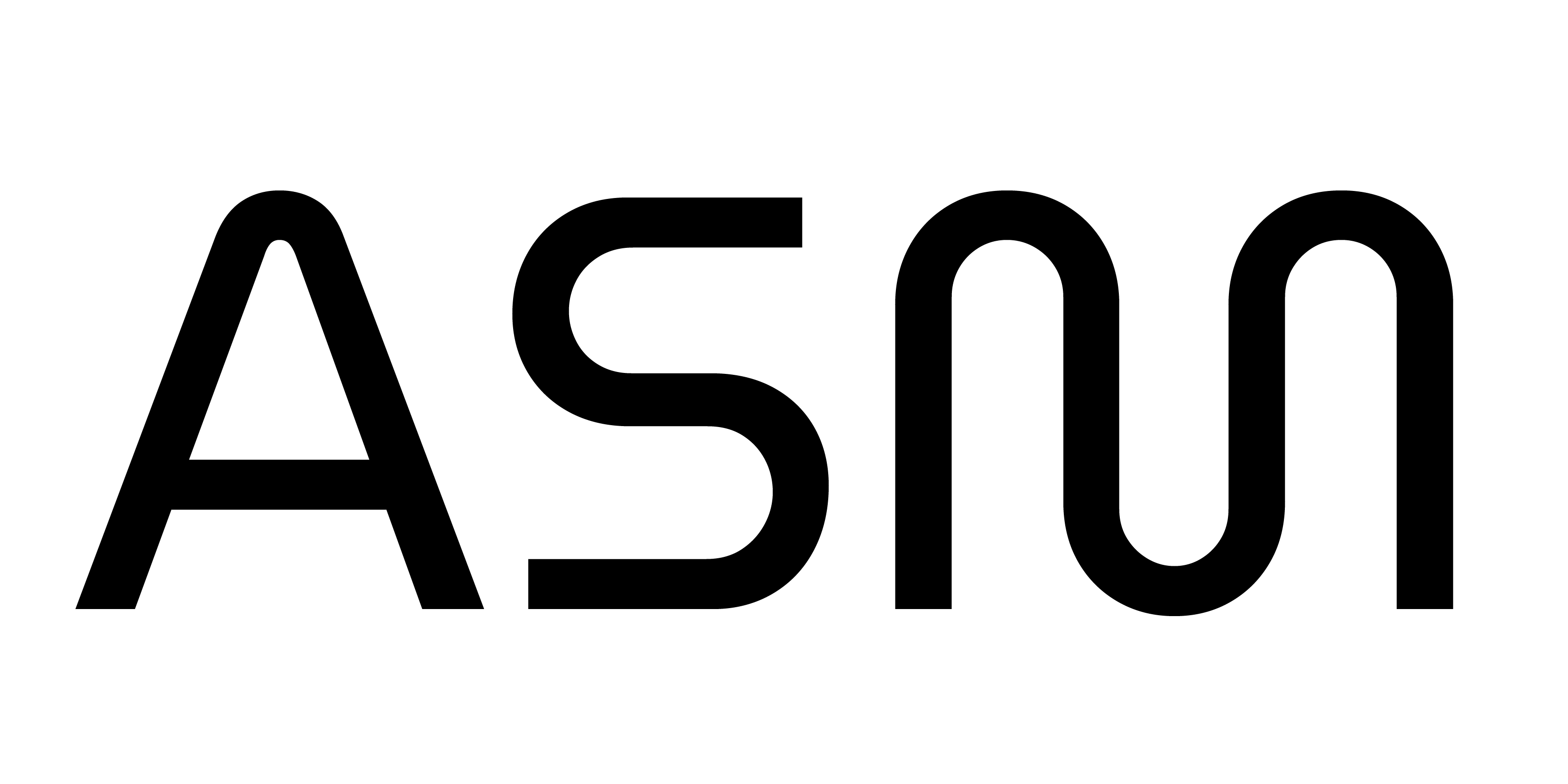S stands for Subtle.
Good copywriting isn’t full of unnecessary jargon. It is effective and informed by knowledge, ensuring your reader’s experience is optimised. Remember to use relevant, descriptive text to maximise the potential impact.
M stands for Marketing.
Another key tip is to keep your text full of relevant links to other areas of your website. By incorporating internal links to products mentioned, or social media handles, you are utilising the copy as an engaging space to impact the site’s user experience. It’s also worth incorporating outbound links as this improves your reliability by signalling to Google that you are a trusted site. Consider hyperlinking statistics, data, or relevant content to the points you are proposing.
A stands for Advertising.
Clear and impactful SEO copywriting will successfully sell your content online. By rigorously editing the text to solely feature key points, words, and valuable phrases – this will make your content ready to be published online. In addition to ensuring that your page titles, and meta description are optimised with words that directly link back to your brand, this will accentuate the advertisement of your service.
R stands for Reality.
Keep your text straight to the point. In the first 100 words, that’s the perfect time to implement the key words surrounding your product, service, and business. Similarly, when adding imagery to your site you should opt for filling the ‘image alt text’ section with LSI keywords that can inform the search engine about the overarching ideas in your brand. Most importantly, this doesn’t need to be super heavy in word count. It needs to be enjoyable to read, while relatable to your service.
T stands for Tactful.
SEO which stands the test of time, is sensitive, aware, and skilful in attracting an engaged audience. By inserting keywords in every post and page on your website, you are generating a network of data which is related to your business and most importantly will attract traffic to your site with the right audiences. Therefore, make sure your URL structure is SEO-friendly and informative, as elongated forms with lots of text won’t work.
To finalise, SEO is as much about search engine optimisation as it is people. As the influencer and blogger, Rachel Kennedy, who describes SEO as a ‘love language’ said “It’s about understanding what people are searching for online, the answers they are seeking”. So therefore, remember that the algorithm’s online are a wider connective system pairing your content with similar content online. It’s worth looking at what your competitors do to establish what is successful and what is clearly not working. Ultimately, by having a good SEO strategy you will be on the right path. Producing content that is valuable and has your target audience in mind, will certainly strengthen your digital marketing online.

